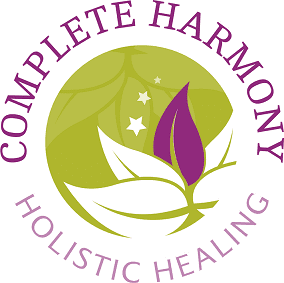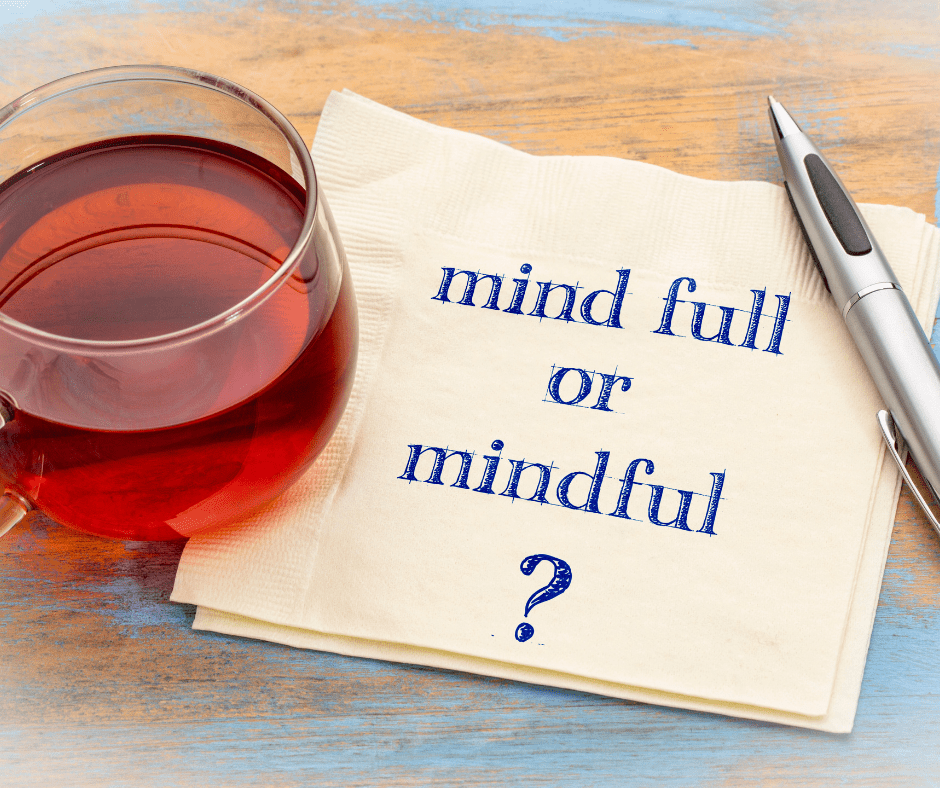Over recent months the words mindful and mindfulness have become buzz-words. We’re being told how good being mindful is for us and we should all be doing it more often.
But what is mindfulness? What does mindfulness mean? What does it look like and how do you make it part of your everyday life? I’m glad you asked.
The Cambridge English Dictionary describes mindfulness as …. the practice of being aware of your body, mind and feelings in the present moment, thought to create a feeling of calm.
Sounds simple, right!
Some background
Mindfulness dates back over 2,500 years when Buddhist monks were said to have used it during meditation to help them focus their minds. Breathing techniques were also incorporated as this helped to strengthen the focus. In 1979 Dr Jon Kabat-Zinn developed Mindfulness-Based Stress Reduction techniques (MBSR) that are now practised worldwide.
Over the last 10 years, universities and scientific institutions worldwide have put a lot of time (and money) into researching mindfulness and the benefits to us of being more conscious of our current moment thoughts. There are now lots of evidence-based results that practising mindfulness on a regular basis will have a positive impact on not only your mental health but your physical health too.
In simple terms
Mindfulness in simple terms is about being more aware of your actions while you are doing something. It helps you to be more conscious of your thoughts, feelings and behaviours in the present moment. It’s also about being fully aware of what is happening around you and how these things connect with your five senses.
When your mind starts to become filled with negative thoughts, being able to fully focus on the current moment will help you to feel calm and in control again.
Here’s an example; having a cup of tea. You decide you want a cup of tea, you make it and then you drink it. The making of it you do on autopilot because you’ve made it so many times before. But if you were making it mindfully your thoughts would be breaking down the whole process into small sections and maybe something like this:-

- Filling the kettle with just enough water
- Choosing the cup you want to drink from
- Choosing the teapot you will be using
- Choosing the tea you’re going to use
- Getting the milk and sugar if they are needed
- Carefully pouring water from the kettle into the teapot to warm it
- Emptying the water from the kettle down the sink
- Adding the tea to the pot
- Adding the water from the kettle to the pot
- Leaving it to brew for a couple of minutes or so
- Carefully pouring the tea from the pot into your cup
- Adding just enough milk and sugar to your taste
- Finding a comfortable place to sit to drink your tea
- Putting the cup near your lips and savouring the smell and checking the temperature
- Taking your first drink of tea.
Now that’s mindfulness in action. Taking the time to do it mindfully gives you feelings of contentment and gratitude and your tea may somehow even taste better too!
Practising mindfulness will also help you to recognise negative thoughts for what they are – just thoughts. And you can change them. Thoughts dictate how we feel and negative thoughts lead to negative feelings which will lead you towards feeling anxious, worried or stressed. Being mindful teaches you to have more control over your thoughts and feelings and will have a positive impact on managing and reducing your stress and anxiety levels.
A few years ago, (and still now for some people) being good at multi-tasking was the way to be. I’ve always thought multi-tasking was over-rated as it often results in completing several tasks to a substandard level. When having a meal you may have the TV or radio on, be using your mobile and be having a conversation with others at the meal; but how much of the meal are you truly aware of (the taste, smell, textures) and how much of the conversation are you actually engaged with?
Benefits
Some of the scientifically proven benefits of mindfulness include:-
- It improves sleep
- It helps to reduce pain
- It improves your focus and concentration
- It reduces negative thoughts
- It reduces feelings of stress and anxiety
Who doesn’t want some of that!
A minute of mindfulness
Try this simple mindful breathing exercise for 1-2 minutes:-
- Sit in a chair with your back straight, your feet flat on the floor and your hands in your lap.
- With your eyes closed (or open if you prefer) focus on your breathing.
- How does it sound – loud or quiet?
- How does it feel – slow or fast?
- Does your chest rise or is it your stomach that moves up and down?
- What does it sound like?
- How does the air feel as it enters and leaves your nose or mouth?
Being mindful of your breathing will instantly help you to feel relaxed and calm and will reduce feelings of anxiety. You can use mindfulness in all aspects of your daily life – washing up, walking, getting dressed, eating, making a drink etc. Start being more mindful during your day and see how it makes you feel. I’m most mindful in the morning when I’m preparing and eating my breakfast. It’s also the meal that I very rarely skip.
And Breathe
There are many different mindfulness techniques and there will be one or two that suit you and your lifestyle. These are discussed and practised during my online Calm and Clarity Hours. Being mindful can help you to notice changes in yourself that could be stress related.
Slowing your thoughts down with the help of a guided meditation could be the starting point of your mindful journey.
Take a look at my book, Self-care for Busy Women. It’s full of hints, tips, checklists and trackers and will show you how spending just a few minutes each day focusing on your mental, emotional and physical health can have a big influence on your mindset and well-being. You’ll also be able to create your own 28-day self-care plan that fits seamlessly into your busy lifestyle.
About Sharon
 Sharon lives with her partner Geoff, in Warwickshire and they have two adult children. She worked for over 25 years in an office environment, gaining qualifications to degree level in finance, business and management. While there Sharon witnessed and experienced many stressful situations and suffered illnesses that were stress-related.
Sharon lives with her partner Geoff, in Warwickshire and they have two adult children. She worked for over 25 years in an office environment, gaining qualifications to degree level in finance, business and management. While there Sharon witnessed and experienced many stressful situations and suffered illnesses that were stress-related.
Sharon was advised to make some changes to her lifestyle which included trying complementary therapies. After experiencing the benefits of complementary treatments, Sharon decided to retrain and share her knowledge and experiences to help others recognise and manage their own physical and emotional stress and anxiety levels.
She has been working as a complementary therapist for over 15 years now and loves helping people manage and reduce their stress levels to feel uplifted, focused, positive and empowered about their lives.




